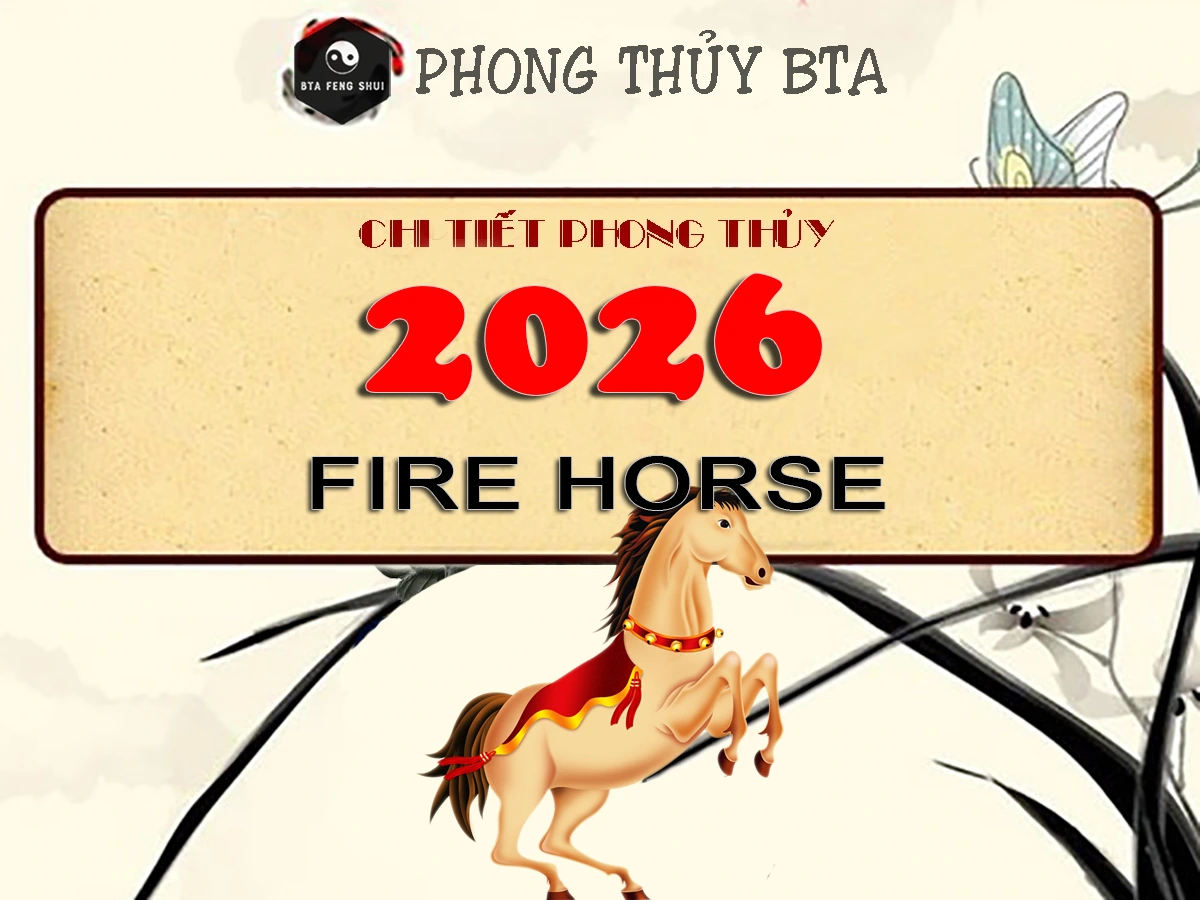Five Elements
The Five Elements in Feng Shui are widely used to enhance yang energy and balance yin energy. They are also closely tied to many aspects of life. So, do you fully understand what the Five Elements are? What are the principles of mutual generation and mutual overcoming? Join BTA Feng Shui as we explore this in the article below!
What Are the Five Elements?
The Five Elements (Chinese: 五行; pinyin: wǔxíng) is an ancient Chinese philosophical concept consisting of five fundamental elements: Metal, Wood, Water, Fire, and Earth. These elements form the foundation of the objective world and are used to explain a wide range of phenomena in life, including growth, development, decline, and destruction.
In material terms, the Five Elements serve as the basis of the world, with each element having distinct characteristics. These elements interact with one another and possess unique properties:
- Metal symbolizes metals and is characterized by contraction and solidity.
- Wood symbolizes plants and is associated with dynamic beginnings.
- Water symbolizes water and has the quality of containment.
- Fire symbolizes fire and embodies heat and abundant energy.
- Earth symbolizes land and is linked to fertility and nurturing.
According to ancient Chinese philosophy, the Five Elements not only explain physical phenomena but also influence various aspects of life—from cosmic cycles to the interactions between internal organs and the properties of herbal medicines. This complex philosophical system describes the interplay and balance among these fundamental elements to understand the formation and transformation of the world.
What Are the Characteristics of the Five Elements?
The Five Elements are continuous and never cease to exist. They are present in all things and across time to maintain balance in nature. The characteristics of the Five Elements include:
- Circulation: All five elements (Metal, Wood, Water, Fire, Earth) move through space and time in their own unique ways. For example, Fire circulates by burning everything in its path.
- Cycling: The Five Elements constantly interact and move naturally. For instance, Wood can grow from a small state to a robust one.
- Transformation: The Five Elements can shift from one state to another. For example, Fire burns Wood into ash, or large trees become building materials. This forms the basis for nature’s renewal and adaptation over time.
The Laws of the Five Elements
Mutual Generation in the Five Elements
The principle of mutual generation involves two elements coexisting and supporting each other. Specifically:
- Wood generates Fire: Plants sustain a fire.
- Fire generates Earth: Fire burns things into ash, enriching the soil.
- Earth generates Metal: Metals are formed within the earth.
- Metal generates Water: Metal melts into liquid at high temperatures.
- Water generates Wood: Water helps plants grow and thrive.
Mutual Overcoming in the Five Elements
Mutual overcoming (the opposite of mutual generation) refers to two elements that suppress or hinder each other’s growth and development. Specifically:
- Water overcomes Fire: Water can extinguish fire.
- Fire overcomes Metal: Fire melts metal.
- Metal overcomes Wood: Metal tools can easily cut down trees.
- Wood overcomes Earth: Plants absorb water and nutrients, leaving the soil barren.
- Earth overcomes Water: Earth can block or alter the flow of water.
=>> Learn more:
- Mutual Control and Mutual Excess in the Five Elements (Counter-generation and counter-overcoming).
- Practical Applications of Five Element Theory
For detailed insights into the Five Elements—Metal, Wood, Water, Fire, and Earth—and their laws, please refer to the articles below:





























